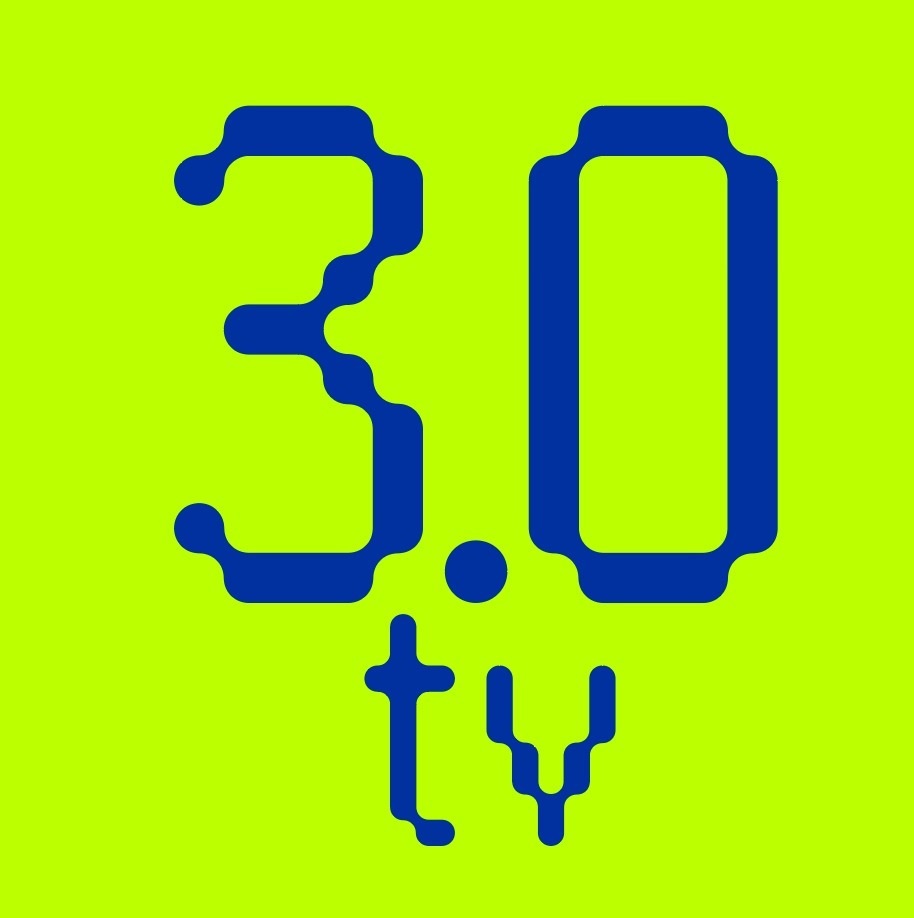You need to login in order to Like
Why Are Bitcoin Ordinals Gaining Popularity?
By Laxmikant Khanvilkar
In recent times, the Bitcoin Network has witnessed considerable rise in activity, thanks to Bitcoin Ordinals which has gained popularity among virtual digital asset (VDA) investors.
The reasons behind its evolution are quite interesting.
As we know, non-fungible tokens, or NFTs, are the most famous digital assets globally. Many among them have been created and utilized on blockchain networks such as Ethereum, BNB Smart Chain, and Solana.
The fundamentals of Bitcoin Ordinals helps explain the possibilities for introducing NFTs on the world’s oldest blockchain, i.e., the Bitcoin network.
Technology hosting Bitcoin makes it impossible to change the code of Bitcoin applications. Given its feature of decentralized network and the developers as well as nodes are not willing to risk the security of the Bitcoin network, the concept of Bitcoin NFTs never materialized into any actual project.
Simultaneously, the expansion of the crypto ecosystem has led to the expansion of opportunities for creating Bitcoin NFTs. Let’s understand the fundamentals of Bitcoin Ordinals and its functioning.
What are Bitcoin Ordinals?
Casey Rodarmor introduced the Bitcoin Ordinal project in January 2023, which resulted in dividing crypto community. Bitcoin Ordinals are the fundamental units of Bitcoin, i.e., satoshis or sats, which have been minted and integrated with a unique piece of information.
Hence, the satoshis became unique and have the same identity as a basic non-fungible token. If you want to add text, images, or other digital assets in the lowest denomination of Bitcoin, that was achieved by enabling inscription on Bitcoin.
Bitcoin Ordinals have become the next big thing in the world of crypto and web3. In April 2023, the network activity was flooded with video games, images, and other types of content. As a result, the daily inscriptions with the use of Ordinals shattered new record. The network activity grew around four times.
Inscription
- Bitcoin Ordinals help in inscribing a digital asset on the lowest denomination of Bitcoin, i.e., Satoshi.
- The data you choose for inscribing on Bitcoin can also feature smart contracts which help in representing NFTs.
- Inscription enables creation of Bitcoin NFTs, you can differentiate between Ordinals and NFTs.
- Inscription helps inscribe data stored in the witness of Bitcoin transactions.
Bitcoin network introduced SegWit upgrade in 2017, thereby bringing the witness feature. The Taproot upgrade introduced on Bitcoin network in November 2021 offered a massive advantage for inscribing on satoshis. Bitcoin developers have worked hard to introduce NFTs to the Bitcoin network.
Why Were Bitcoin Ordinals Created?
The origins of Bitcoin Ordinals come from conventional arguments in the Bitcoin community. Is Bitcoin use restricted to financial transactions? No, you can also use Bitcoin as a secure and decentralized network for data storage.
Imagine a scenario where people use Bitcoin as the world reserve currency. It would only create a global financial network without scope for experimental use cases such as inscribing data in the block space. Increased use of block space on Bitcoin in the form of storage space can resolve the security budget problem for Bitcoin.
During the initial phase, Bitcoin allowed the space of around 80 bytes only for messages that could be encoded on blocks by using the OP_RETURN function. However, the feature was not enough to create the Ordinals NFT. The size limit climbed up to 4 MB after two major hard fork upgrades, Taproot and SegWit, which introduced major improvements. The upgrades helped in offering a unique mechanism for block size measurement, thereby enabling efficient arrangement of transaction data.
How Do Ordinals Function?
The developer Casey Rodarmor stated that the position of a satoshi or sat on the Bitcoin blockchain is associated with four distinct parameters, which include an index of satoshi in the block, cycle number, index of the block in the difficult adjustment period and index of the block in the halving epoch.
The four parameters can help you find the position of a satoshi on the Bitcoin blockchain, as the first satoshi would be rarer. In the case of NFTs, rare mints have the potential to earn more value from collectors. Therefore, the ordinal ranking of sats can help in verifying how rare a particular Bitcoin NFT is.
The working of Bitcoin Ordinals also involves repurposing the code and utilizing them in the form of envelopes for the data inscribed on satoshis. With a higher block size limit on Bitcoin, the Ordinals protocol can help in inscribing bigger data on satoshis. For example, users can mint their CryptoPunk on Bitcoin with the help of a satoshi.
Key features of Ordinal Inscriptions
The key aspects behind in the introductions to Bitcoin Ordinals is its classification as non-fungible token. Non-fungible tokens have been deployed on Ethereum, as it is the popular choice of a blockchain network for smart contract development. They were stored as pointers to off-chain data in the Interplanetary File System or IPFS, which is a decentralized file storage system.
Casey Rodarmor created the Ordinals Wallet and NFT protocol by focusing on the ability to change the metadata of NFTs. He stated that non-fungible tokens are not complete as they need off-chain data. On the other hand, Ordinals have their data inscribed on-chain, which makes them complete digital assets.
Rodarmor defines Bitcoin Ordinals as digital artifacts rather than Bitcoin NFTs. These digital artifacts like Ordinals do not have the facility of creator royalties. The working of Ordinal Inscriptions does not depend on a separate token or sidechain, as everything happens on the Bitcoin blockchain.
Ordinal inscriptions are stored in taproot script-path spend scripts with a specialized Bitcoin transaction. You can create an inscription with two simple steps, such as creating the taproot output featuring the inscription content and spending the output. We will try to explore these aspects further in our future updates.
You need to login in order to Like


















